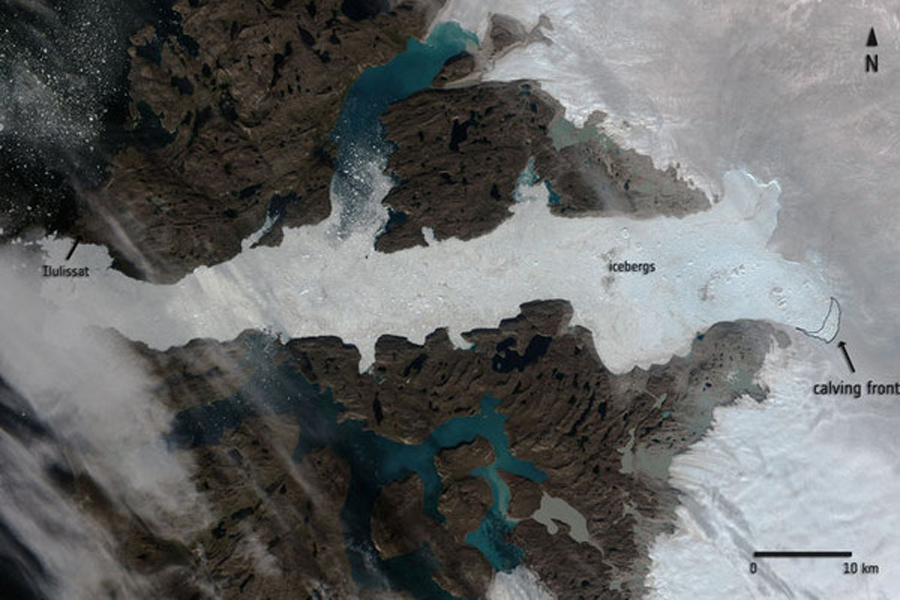
A landslide in Oso, Washington last year killed 43 people.
A team of scientists have published findings from a study that determines whether future land use in certain compromised regions would be safe. The study comprised by a team from the by the University of Washington determined that a landslide in Oso, Oregon was not an outlier.
The region which was wiped out by the worst landslide in U.S. history “… was well known as an area of hillslope instability, mynorthwest.com quoted co-author Alison Duvall. Duvall, an assistant professor of earth and space sciences said it was important to know whether “the larger slides (were) thousands of years old, or hundreds of years old.'”
Based on her team’s research Duvall said they were certain many were hundreds of years old. Their study, commissioned by The National Science Foundation, the Geological Society of America, and the University of Washington Quaternary Research Center was published in the journal of Geology. In their review of erosion characteristics they were able to determine that slopes focused on in their study averaged collapses every 500 years, and an astounding feature was that in the past millennium collapses occurred with a frequency of about 140 years.For the study the university geologists used radiocarbon to date debris from branches and trees found buried from previous landslides.
Studies from nearby regions also showed landslides having occurred between 300 to 694 years according to the team, “the study disproves the notion that the previous slides in the area all occurred thousands of years ago after the ice sheets retreated.” Last year’s landslide in Oso killed 43 people after wiping out a neighborhood north of Seattle, down a hillside above the north fork of the Stillaguamish River. In the study the team concluded the landslide was not an outlier as previously thought.

Leave a Reply